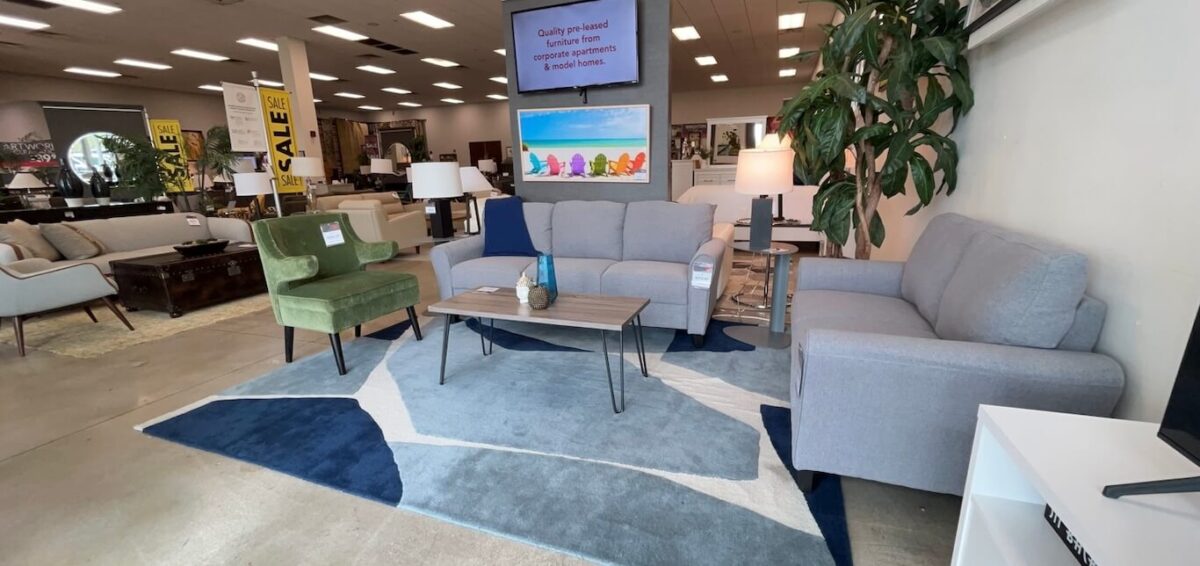While companies plan for a return to the office, many employees are also taking advantage of flexible schedules and hybrid work environments. For employees, it’s easy to see why: there’s both safety and flexibility in working from home, but working remotely full-time can have its disadvantages.
Employers must be intentional about engaging their remote teams. It’s up to leadership to help teams work together well and stay connected with one another. Take a look at some effective ways to help your employees stay engaged when they’re working from home.
Give Remote Employees the Tools They Need to Succeed
It goes without saying that you want your staff to have the proper tools in the office, so why not do the same for remote workers? One of the best things you can do for teams who work from home is to make sure they have software for video conferencing, meetings, cloud storage, and project management. Provide the most robust technology in the form of high-quality computers, phones, or tablets to help them perform their work tasks efficiently and effectively. You may even want to consider helping pay for faster, better Internet at home for remote employees.
Help Remote Employees Feel Important
When you’re communicating or meeting with your teams, it’s crucial to ensure that remote workers feel less like observers and more like participants. Prioritize them and continually remain aware of their presence in meetings — acknowledge them often, even though they may not be seated in front of you. One way to level the playing field is to make meetings virtual, even for those who are in the office. That way, everyone interacts the same way.
Encourage your remote employees in meetings and other forms of communication by asking for their feedback, ideas, or questions. Don’t allow them to feel isolated or silenced. Find ways to foster collaboration between employees inside and outside the office by assigning both remote and in-person team members to projects together.
Turn Your Communication Into Conversations
Too many meetings and video calls are all-business, which can lead to burnout, especially when employees take part in multiple meetings throughout the week. Allow for personal interaction in your video chats and meetings. Don’t start with an agenda right away, and leave space throughout the meetings for conversation. Simple moments of conversation help prevent isolation when working at home.
Take an interest in your employees’ lives and make time for personal chats — encourage the same between peers. Listen to your employees, and provide emotional support for them in one-on-one meetings. Make sure there’s plenty of laughter in your meetings in order to lighten the mood and make them feel like less of a chore. Your employees at home and in the office will appreciate opportunities to enjoy their time together.
Prevent the “Always On” Mentality
Employees who work from home tend to work more because the lines can blur between work time and personal time. Flexible schedules are flexible for a reason, and It’s not fair to expect employees to be “always on.” Remote employees can work at different times of the day, so be mindful of the fact that remote workers don’t always work the same hours everybody else does. Have realistic expectations for email replies or questions, because response times may vary.
Acknowledge your employees’ boundaries, and be sure to set up boundaries of your own. Encourage team members to build in “do not disturb” time into their weeks for rest, wellness, exercise, and family time. Use the “do not disturb” function in communications tools like emails and phones, but create protocols and plans for genuine emergencies.
Encourage Camaraderie With a Team Event
Sometimes employees who have worked separately just need to get together and remember that they’re a team. To lift their spirits, create an event for morale and team-building — or just to blow off steam and have fun.
You can design a team event that’s simple or elaborate, but be sure to allow employees to take part whether they work in person or remotely. Consider a hybrid event if remote workers don’t want to venture out. CORT Events can also help you make your next team event one to remember.
And if you’re considering making changes to your workplace ahead of bringing your remote employees back to the office, don’t purchase furniture — subscribe to it. Trust the professionals at CORT Furniture Rental to help you create a solution that gives your employees the items they need to succeed from day one of their return. From desks and chairs to filing and storage options, CORT can set your employees up for excellence.
Photo Credit: Energepiccom/Pexels






